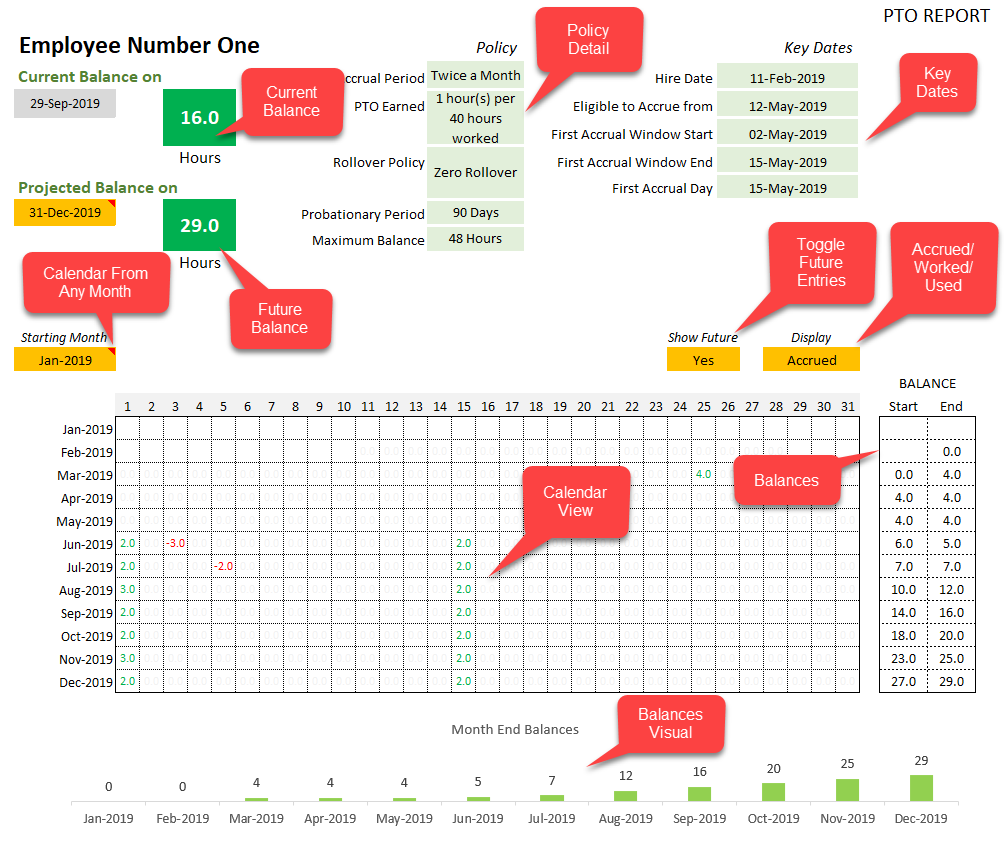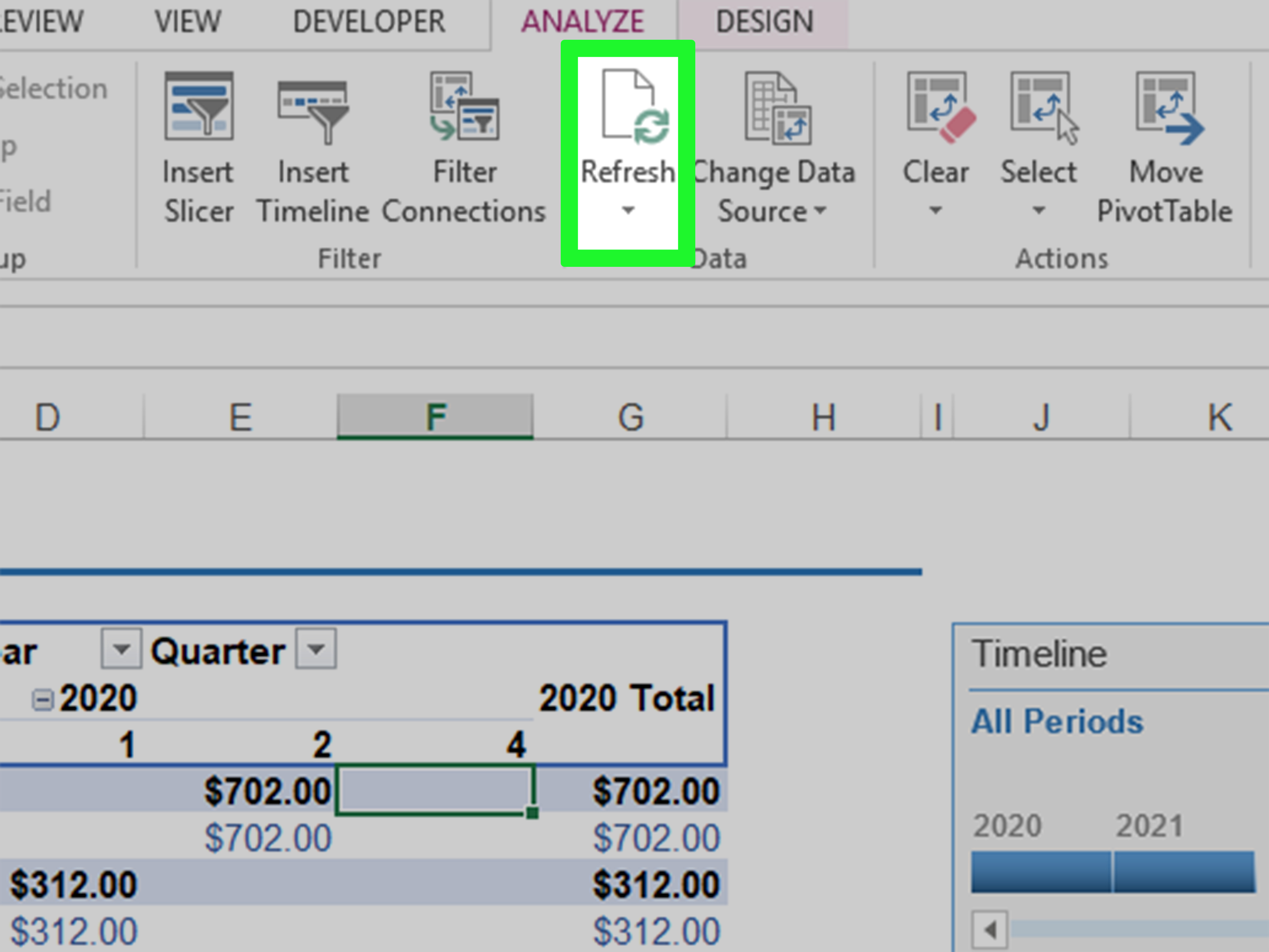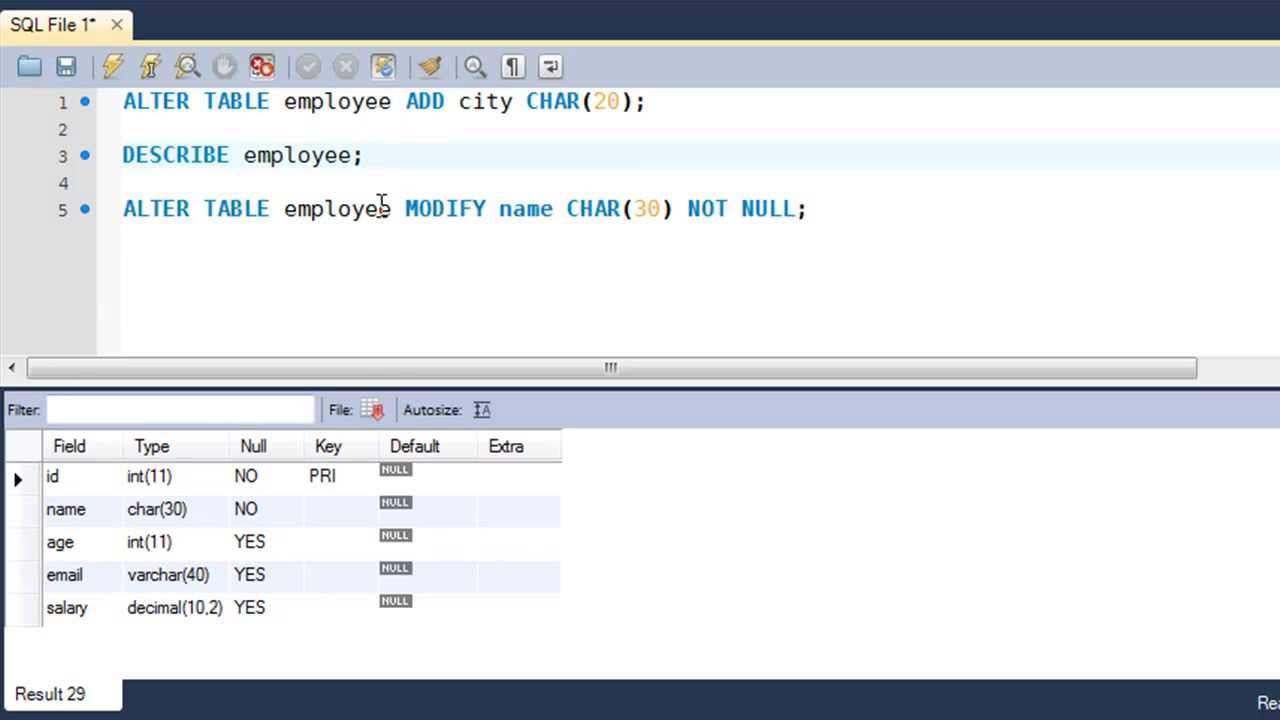Master Your Paid Time Off with Excel

In today's fast-paced work environment, managing your paid time off efficiently is crucial for maintaining a healthy work-life balance. While many organizations offer various leave benefits, from vacation days to sick leave, keeping track of these entitlements can be a challenge. That's where Microsoft Excel comes in, offering a powerful and versatile tool to help you organize and plan your time off effectively.
This comprehensive guide will teach you how to utilize Excel's features to create a personalized paid time off tracker, enabling you to visualize your leave balances, plan future vacations, and ensure you make the most of your well-deserved breaks. By the end of this article, you'll be equipped with the skills to create a dynamic and informative spreadsheet that will become an invaluable resource for managing your time off.
The Benefits of Tracking Your Paid Time Off with Excel
Tracking your paid time off in Excel offers numerous advantages that can significantly enhance your work-life balance and overall productivity. Here are some key benefits you can expect:
Customizable Tracking
Excel allows you to create a personalized time-off tracking system tailored to your specific needs. Whether you have multiple leave types, unique accrual rules, or specific carryover policies, you can design a spreadsheet that reflects your organization’s policies accurately.
Visual Representation of Balances
Excel’s graphical capabilities enable you to visualize your leave balances through charts and graphs. This visual representation provides a quick and easy way to understand your remaining days, helping you make informed decisions about when to take time off.
Advanced Planning
By inputting your planned vacations and leave dates into your Excel tracker, you can anticipate your future leave balances and ensure you have enough days available for your desired trips. This advanced planning feature helps you avoid last-minute surprises and allows for better scheduling of your time off.
Automated Calculations
Excel’s formulas and functions automate the calculations of your leave balances, ensuring accuracy and saving you time. You can easily update your tracker with new leave information, and Excel will automatically update your balances, making it a reliable and efficient tool for managing your paid time off.
Data Analysis and Insights
With Excel, you can analyze your leave patterns, identify trends, and gain valuable insights into your time-off usage. This data-driven approach can help you optimize your leave strategy, ensuring you make the most of your vacation days while maintaining a healthy work-life balance.
Setting Up Your Paid Time Off Tracker in Excel

Creating a paid time off tracker in Excel is a straightforward process, and by following these steps, you’ll have a functional and informative spreadsheet in no time:
Step 1: Understanding Your Leave Policies
Before you begin, it’s essential to have a clear understanding of your organization’s leave policies. Familiarize yourself with the different leave types, accrual rates, carryover rules, and any other specific guidelines. This knowledge will guide you in setting up your Excel tracker accurately.
Step 2: Selecting the Right Excel Template
Excel offers a variety of templates specifically designed for tracking time off. These templates provide a solid foundation for your tracker, ensuring you don’t miss any crucial elements. Choose a template that aligns with your leave policies and personal preferences.
For example, you can find templates that include separate tabs for different leave types, such as vacation days, sick leave, and personal days. These tabs can help you organize your data effectively and provide a clear overview of your balances for each leave category.
Step 3: Customizing Your Tracker
Once you’ve selected your template, it’s time to customize it to fit your specific needs. This step involves adding your personal details, such as your name and employee ID, and customizing the formulas to match your organization’s leave policies.
For instance, if your organization has a unique accrual rate for vacation days, you can adjust the formulas in the template to calculate your leave balances accurately. Additionally, you can add notes or comments to provide context and reminders for your planned vacations or important dates.
Step 4: Entering Your Leave Data
With your customized tracker ready, it’s time to input your leave data. Start by entering your current leave balances for each category, such as vacation days, sick leave, and personal days. Ensure that you update your tracker regularly to reflect any changes in your leave balances, such as days used or accrued.
You can also input your planned vacations or leave requests into your tracker. This step is crucial for advanced planning and ensures that you have a clear overview of your upcoming time off.
Step 5: Visualizing Your Data
Excel’s charting capabilities allow you to visualize your leave balances and patterns effectively. Create charts or graphs that represent your leave balances over time, helping you identify trends and plan your future time off accordingly.
For example, you can create a bar chart that shows your vacation days used and remaining for each month, providing a visual representation of your leave usage throughout the year. This visualization can help you make informed decisions about when to take time off and ensure you don't exceed your leave limits.
Advanced Excel Techniques for Time Off Management
Once you have your basic paid time off tracker set up, you can explore more advanced Excel features to enhance your time-off management. These techniques will help you optimize your tracker and make it even more powerful and informative.
Conditional Formatting
Conditional formatting allows you to highlight specific cells or ranges based on certain conditions. This feature is particularly useful for highlighting important dates, such as leave expiration dates or upcoming vacations. By applying conditional formatting, you can quickly identify critical information at a glance.
Data Validation
Data validation ensures that the information entered into your tracker is accurate and consistent. You can set up data validation rules to restrict the entry of invalid leave dates or balances, reducing the risk of errors and providing a more reliable tracking system.
Formulas and Functions
Excel’s vast library of formulas and functions can further enhance your tracker’s capabilities. For example, you can use formulas to calculate your leave balances dynamically, taking into account factors such as accrual rates, carryover limits, and leave usage. Functions like SUMIFS or COUNTIFS can help you analyze your leave data and provide valuable insights.
PivotTables
PivotTables are powerful tools for analyzing and summarizing large amounts of data. You can use PivotTables to gain a deeper understanding of your leave patterns, such as the distribution of leave usage across different months or the average number of days taken per leave type. This feature enables you to make data-driven decisions and optimize your time-off strategy.
Macros and Automation
If you’re comfortable with Excel’s macro functionality, you can create automated processes to simplify your time-off tracking. For instance, you can develop a macro to update your leave balances automatically based on your input, saving you time and effort.
Tips for Effective Time Off Management
In addition to utilizing Excel’s features, here are some practical tips to help you manage your paid time off effectively:
- Regularly review your tracker to ensure accuracy and up-to-date information.
- Plan your vacations well in advance to avoid conflicts and ensure availability.
- Communicate with your team and supervisors about your planned time off to facilitate smooth coverage and workflow.
- Consider using color-coding or visual cues to distinguish between different leave types and statuses.
- Analyze your leave patterns to identify any potential issues or areas for improvement.
- Stay informed about your organization's leave policies and any changes that may impact your tracking.
Conclusion
By leveraging Excel’s capabilities and following the steps outlined in this guide, you can master your paid time off management and enjoy a more balanced and fulfilling work-life experience. Your personalized Excel tracker will become an invaluable tool, helping you stay organized, plan your vacations effectively, and make the most of your well-deserved time away from work.
FAQ
How often should I update my paid time off tracker in Excel?
+It’s recommended to update your tracker at least once a month to ensure accuracy. However, if you have frequent leave activities or changes in your leave balances, consider updating it more frequently, such as weekly or biweekly.
Can I share my Excel paid time off tracker with my colleagues or HR department?
+Yes, you can share your tracker with relevant parties, such as your colleagues or HR department, to facilitate communication and transparency. Ensure that you maintain data privacy and security by protecting sensitive information if needed.
Are there any alternative tools or apps for tracking paid time off?
+While Excel is a powerful and versatile tool, there are alternative options available, such as dedicated time-off tracking software or mobile apps. These tools often offer additional features like automatic updates, reminders, and integration with payroll systems. Consider exploring these alternatives based on your specific needs and preferences.



